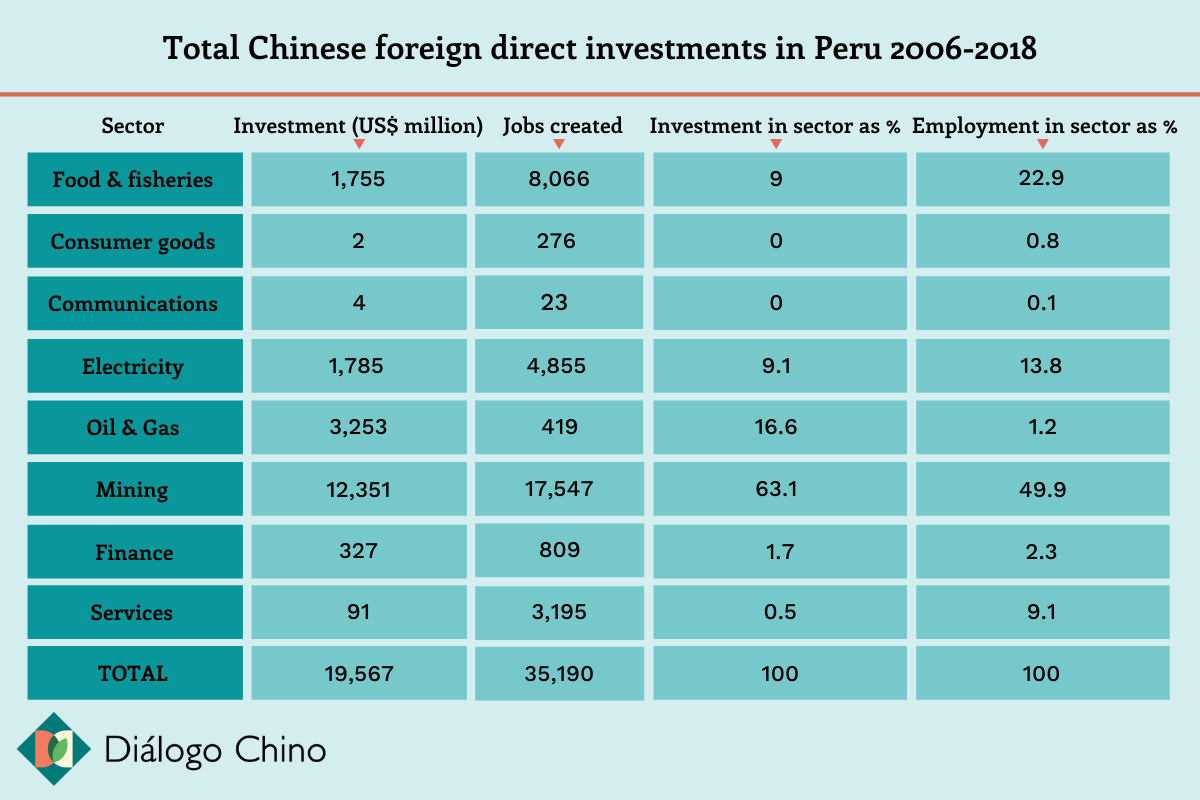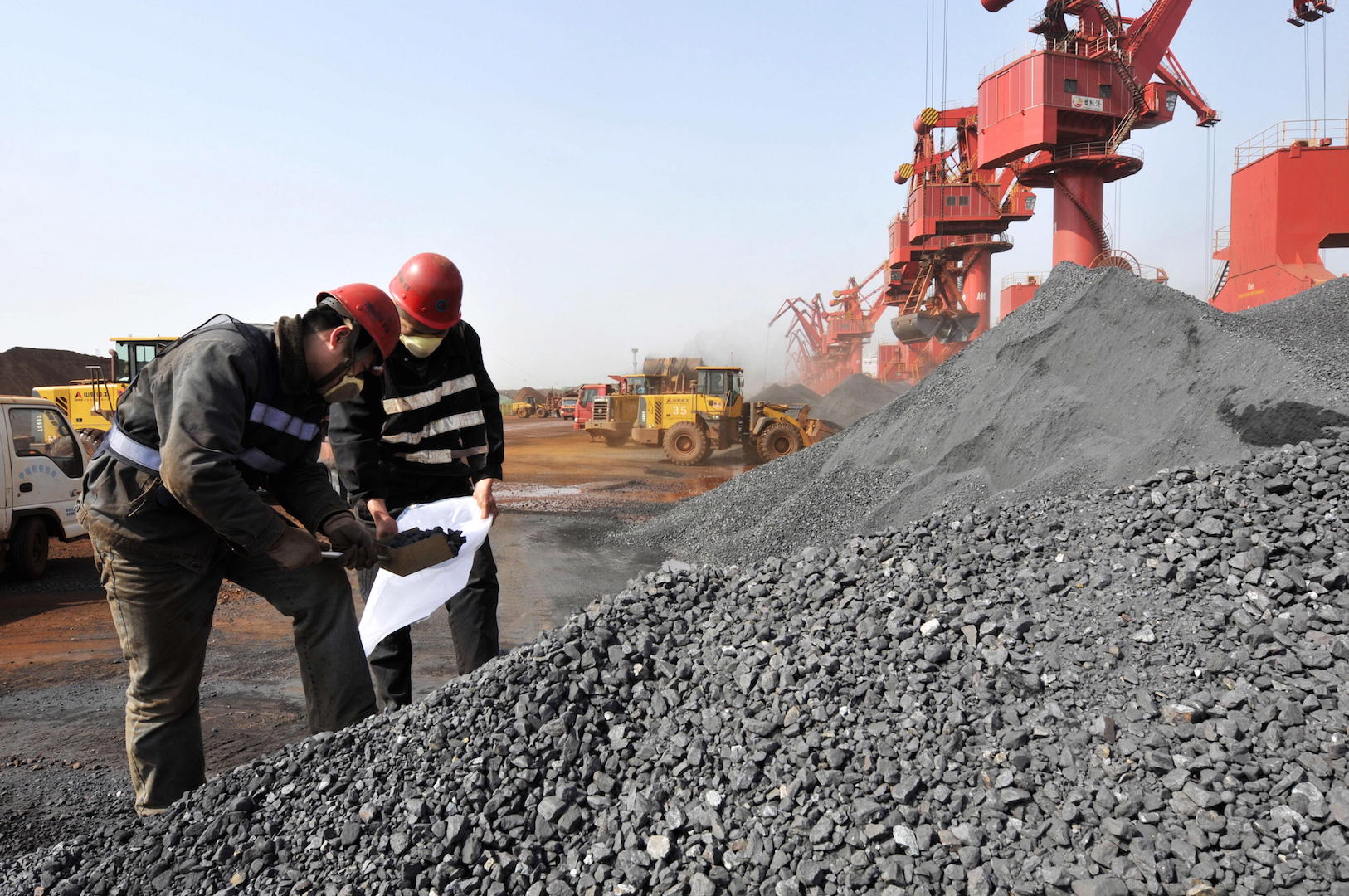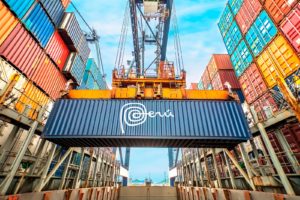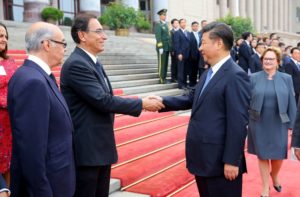On October 2019, the government of Peru completed the fourth round of negotiations to “optimise” the Free Trade Agreement (FTA) with China signed in April 2009. Upon Peru’s request, a chapter entitled “Global Supply Chain” was included. It is an innovation in Peruvian bilateral trade deals, acknowledging for the first time the role of small and medium-sized enterprises in global value chains. The Ministry of Foreign Trade and Tourism (MINCETUR) deserve credit for its inclusion, which demonstrates the outstanding negotiating capacity of the Peruvian team.
There is, however, a chapter present in other important trade agreements signed by our country that the government conspicuously left out of the deal with China: the environment.
Since the North American Free Trade Agreement (NAFTA), signed in 1994 by Mexico, the US and Canada, various FTAs around the globe have incorporated environmental chapters, on account of commercial activities and investments that can generate a wide range of environmental and social impacts. One of the main clauses often included in these chapters stipulates that countries should not loosen environmental regulations, nor neglect them, in order to boost trade and investments.
Some agreements may even contain legally binding clauses obliging them to comply with multilateral environmental agreements, as well as public consultation mechanisms on the chapter’s performance. These are present in agreements already signed between Peru and the US, with the EU, Canada and, more recently, Australia. The agreements could also address specific sub-sectors, such as the Forestry Annex in the Peru-US FTA.
The inclusion of environmental chapters in FTAs is considered good practice internationally. In fact, the Comprehensive Progressive Trans-Pacific Partnership (CPTPP, formerly TPP), which Peru signed in 2016 and was promoted as setting a new standard for 21st century trade, incorporates an environmental chapter.
It is true that investment chapters of FTAs may already contain clauses promoting sustainable development, calling into question the effectiveness of a dedicated chapter and that, overall, the sole existence of those chapters may not guarantee high environmental standards. But at the very least they provide some reporting mechanisms for civil society monitoring the impacts of commercial activity.
Recent joint research led by Germán Alarco from Peru’s Universidad del Pacífico, and the NGO DAR, estimated that around 80% of the stock of Chinese investments in Peru in 2018 were concentrated in the extractive, mining and hydrocarbon sectors. The figure hits nearly 90% including fishing investments, as seen in the table below.

In other words, the bulk of Chinese investments are concentrated in areas of high biodiversity, often inhabited by indigenous communities. This requires implementing not only high environmental standards, but also high social standards. For example, prior consultation procedures specifically tailored to realities of each area.
In recent years and all over the world, China has been pushing its investments in the telecommunications and transport subsectors. In Peru, the Amazon Waterway project is an emblematic example. It is an initiative that highlighted the serious limitations of the public investment system to carry out satisfactory technical studies that make the case for the projects. The Environmental Impact Study (EIS) has also been subject to the scrutiny of several public institutions. Authorities insist the main drawback of the project lies in the poor communication of its benefits to the Amazon communities.
…the negotiating team can push through issues of importance to our country. No more excuses
A little discussed fact is that today China has concluded negotiations and renegotiations of trade agreements that include environmental chapters with New Zealand, Switzerland and Chile. Deals with Norway and Israel are nearing the final phases of negotiation. Agreements with Switzerland and Chile require periodic assessments of environmental impacts, meaning such provisions are not a foreign concept for China.
Other bilateral accords signed between China and Peru note the importance of environmental protection. In 2016, the two countries signed a Memorandum of Understanding (MoU) on Environmental Cooperation. In April 2019, Peru joined China’s Belt and Road Initiative, the largest infrastructure-building proposal in history. The MoU that secured Peru’s membership refers to the “Green Silk Road”, about which it pledges: “to consider the ecological characteristics of countries wishing to join the Belt and Road Initiative, in order to jointly promote a good ecological environment, sustainable development, environmental protection, desertification prevention and control, and clean energy generation as priority sectors.”
Though these documents do seem to promote environmental cooperation, for any practical purposes they are meaningless, as they don’t contain legally binding mechanisms that guarantee high environmental and social standards in investments.
The inclusion of an environmental chapter in the Peru-China FTA renegotiation process is not only aligned with good international practices, as well as the principles and intentions of the MOUs already signed, but the scope and environmentally sensitive locations in which the bulk of Chinese investments in Peru are located means it must be a priority.
Beyond this, it is crucial to ensure these mechanisms promote transparency with regards to environmental information, as well as acknowledging prior consultation and participation processes. There must be dialogue but projects must also be constructed according to the needs of local populations. Along these lines, the Escazú Agreement promotes participation and greater access to public information. Peru already signed the regional accord but has yet to ratify it in Congress.
We are aware that China is conducting virtual trade negotiation processes with some countries to this day, although there is no information available that could tell us how many rounds of negotiations are pending. We believe there’s still time to put an environmental chapter on the negotiating table. Apparently, the negotiating team can push through issues of importance to our country. No more excuses. It must be done.









